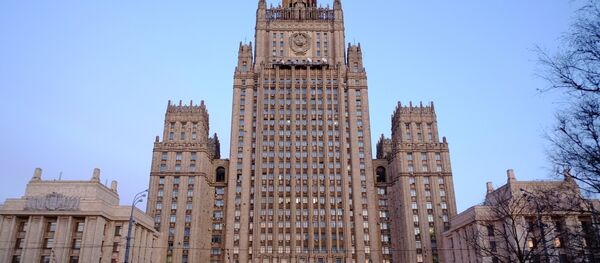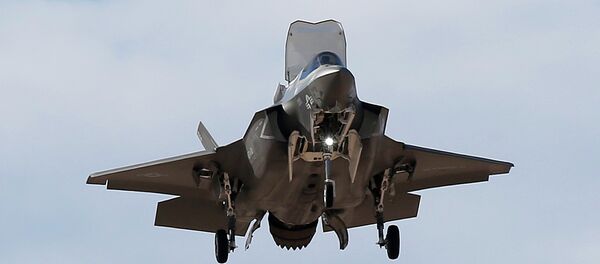In addition to regular airfield, the F-35B can land and take off from non-catapult aircraft carriers. The jet fighter can carry a wide range of weapons, including cruise missiles and nuclear bombs.
The deployment of F-35B jets to Iwakuni is expected to begin in January 2017 and will be completed in July or August. A total of 16 aircraft will be deployed to the Iwakuni base. In the future, the number of F-35B jets in Japan will increase. According to contracts, Tokyo will buy 42 F-35 jets.
According to Russian military expert Mikhail Khodarenok, Lockheed Martin has developed an aircraft with "incredible capabilities."
"The F-35 is the third US stealth aircraft and the second fifth-generation jet. Its pilots can receive information on the situation for hundreds of kilometers ahead. This is crucial for combat aviation," Khodarenok told RT.
In addition to the cost, another disadvantage of the aircraft is its software, the expert noted.
"In itself, the software is amazing. American pilots don’t have problems with it. But allied pilots may have troubles in coping with it," Khodarenok said.
The expert suggested that the deployment of F-35s to Iwakuni is a planned renewal of the ageing fleet. This move alongside Japan’s purchase of 42 F-35 jets "will increase the power component" in the Asia-Pacific. He also said the move is not sensational and there are "no hidden motives" behind it.
However, historian and military expert Vadim Soloviev did not agree with Khodarenok.
"In the terms of law, the deployment of new jets to Japan is routine. But in the terms of geopolitics, this would disrupt the balance in the region. This plan indicates that muscle flexing in the regions is expanding its scope," he said.
Soloviev assumed that in fact the Japanese military and the US have a common strategic goal.
"Tokyo is a loyal ally of Washington and a springboard for US military expansion in the region. Japan is America’s 'unsinkable aircraft carrier,' said then-Prime Minister Yasuhiro Nakasone in 1983. And this is quite true, taking into account the amount of weapons deployed to Japan," the expert said.
According to him, military buildup will have a negative effect on diplomatic settlement of territorial tensions between Japan and China and Russia. However, the only real threat to Tokyo is North Korea, he believes.
"Pyongyang’s missile launches in the Japanese Sea force the Japanese government to consider Washington’s military interests. The deployment of F-35s to Iwakuni is part of this strategy," Soloviev pointed out.
"China is building its military capabilities to protect its interests, and the US wants to deter China," Kistanov told RT.
According to the expert, Japan is ready to support the US in its anti-Russia military strategy. Japanese warships are equipped with the Aegis missile defense system.
"The global missile defense circle around Russia may be expanded in the Pacific. At the same time, the US plans to deploy THAAD missile defenses to South Korea. There have also been rumors that THADD may be also deployed to Japan," Kistanov said.





